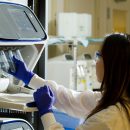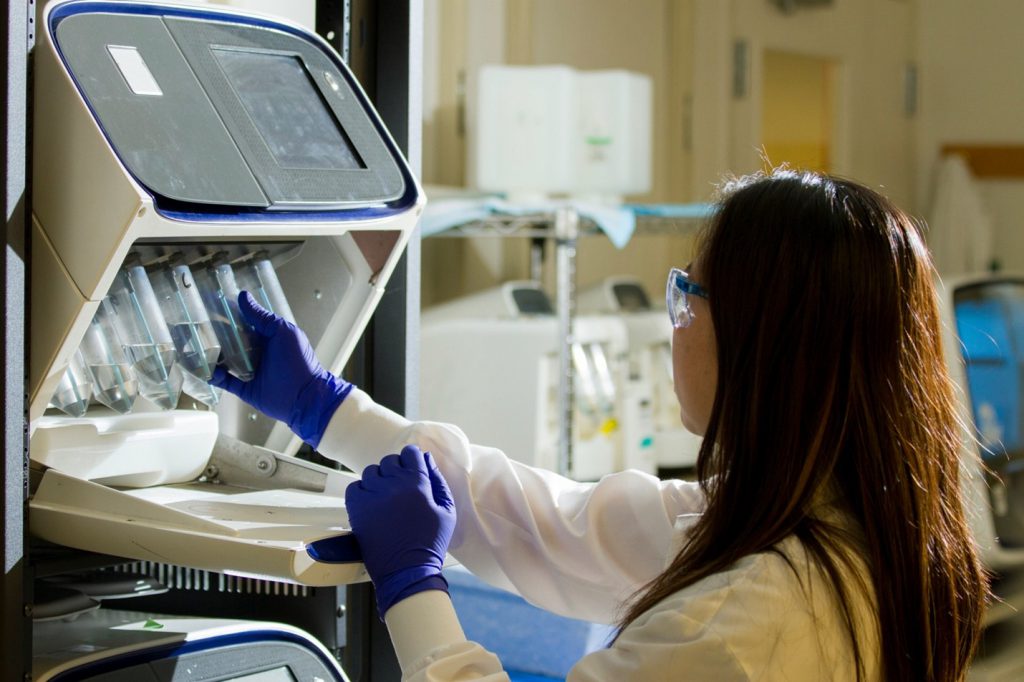
Converting Commercial Property into a Cutting-Edge R&D Facility

Photo by National Cancer Institute on Unsplash
As noted by Knight Frank in their January 2024 “Lab crunch” intelligence report there is a growing demand for research and development space as the health and life sciences sector grows.
Transforming existing industrial property or office space into a state-of-the-art R&D hub is not only feasible but can also be a strategic and cost-effective move for organisations looking to enhance their research capabilities or for property owners wanting to expand their options for letting or buying.
Here’s a guide on how to make this transformation a reality.
Assessing Building Suitability
The journey begins with an assessment of the existing commercial property. Look at key factors such as building size, layout, structural integrity, ceiling height, utility connections (water, electricity, HVAC), and make sure any change is permitted within the commercial property’s use class.
Planning and Design
Define the desired layout, functional spaces (laboratories, offices, collaborative areas), and infrastructure requirements. Design the building with flexibility in mind to accommodate changes in research projects, new equipment, and evolving needs. Ensure compliance with building codes, safety regulations, and environmental standards applicable to R&D facilities.
Upgrading Utilities and Infrastructure
Upgrading or installing necessary utilities and infrastructure to support R&D operations may involve changing electrical systems to accommodate specialised equipment, installing advanced HVAC systems for controlled environments, and robust plumbing for laboratory facilities.
Creating Specialised Laboratories
Repurposing existing industrial/ office space can reduce construction costs and time compared to building a new facility, but can you customise the existing space into a laboratory, or do you need to build new, specialised ones? Consider the unique requirements of different research disciplines and whether they need wet labs, dry labs, or cleanrooms and integrated industry-standard safety features and equipment.
Integrating Technology and Equipment
There is a move toward the use of AI for analysing research data so lay the groundwork for this by installing a cutting-edge technology infrastructure. This could include setting up high-speed internet, establishing data storage facilities, and integrating specialised research equipment and instrumentation tailored to specific scientific pursuits.
Enhancing Safety and Security
Safety and security measures to safeguard researchers, equipment, and sensitive data are of course a priority. Implement robust protocols, emergency responses, access controls and surveillance solutions to create a secure environment for scientific exploration.
Creating Collaborative Spaces
Foster a culture of innovation and collaboration by incorporating dedicated spaces for interdisciplinary interactions and knowledge sharing. These spaces could consist of meeting rooms, breakout areas, or just gathering spaces.
Implementing Sustainable Practices
Embrace sustainability principles to reduce environmental impact and operating costs. With such things as energy-efficient lighting, insulation, renewable energy sources and water-saving technologies to create an eco-friendly R&D facility that will attract more clients.
Converting existing industrial or office space into an R&D facility demands careful planning, investment, and expertise. By using the strengths of the existing property and customising it to meet the unique needs of research activities, organisations can unlock new possibilities for scientific innovation and property owners can have more renting and selling options.
Inspiring Examples
- The Crick Institute, London: The Francis Crick Institute repurposed former industrial land in King’s Cross to create a world-class biomedical research centre with sustainable design features and cutting-edge laboratories.
- Cambridge Science Park, Cambridge: The historic Cambridge University Farm was transformed into a thriving science and technology park, attracting leading research and innovation companies with modern office and laboratory facilities.
Explore more commercial properties suitable for R&D facilities at NovaLoca.
